
What color is cinema?
What color is cinema?

16.10.2021
Did you know that the human brain generates different reactions and stimuli to the sight of colors? Yes, it responds by evoking memories, physical and/or emotional reactions, which can be positive or negative in a conscious or unconscious way in people. C-Transmedia knows the importance of colors and their influence in our lives, for this reason we want to share with you relevant information about colors and their use in cinema, but…
Let’s start by defining, what colors are?
Color is the visual perception of the reflection of light that illuminates surfaces and bounces off the photosensitive cells found in the retina of the eye, this occurs by the interpretation of the different lengths of the waves that are part of the visible light in the electromagnetic spectrum. What? How so? To understand it more easily, all colors are contained in the spectrum of visible light and all have different wavelengths, our perception has the ability to capture them individually and thus is able to identify specific colors.
Color is a very powerful resource when it comes to manipulate people’s perception without them being aware of it, for example, in cinema it is one of the most important tools to transmit emotions, ideas, sensations and experiences. Most of the time we think that the use of color in film scenes is done unconsciously and without any purpose, but it is quite the opposite, the use of color is not random, they have specific intentions where it seeks to recreate an atmosphere according to the situation presented and what you want to convey in each, also seeks to represent the thought or mood of the characters, the colors go beyond a purely aesthetic theme.
Art directors in line with the vision of the directors are responsible for choosing the appropriate color palettes in the scenes of the audiovisual or film product, one of the initial steps in the ideation of the production process is the creation of a mood panel to proceed to the choice of the color palette. Filmmakers must be clear about the management of the psychology of color in their productions, but they are not limited in its use, they are free to handle the colors according to their creativity and what they seek to convey, in this process different color schemes can be evidenced as for example:
Complementary scheme: it occurs when two colors that are opposite in the chromatic circle are used. In the film “Amelie”, red and green show the use of this scheme, providing a contrast between warm and cold to produce a vibrant tension and generate contrast in the production.
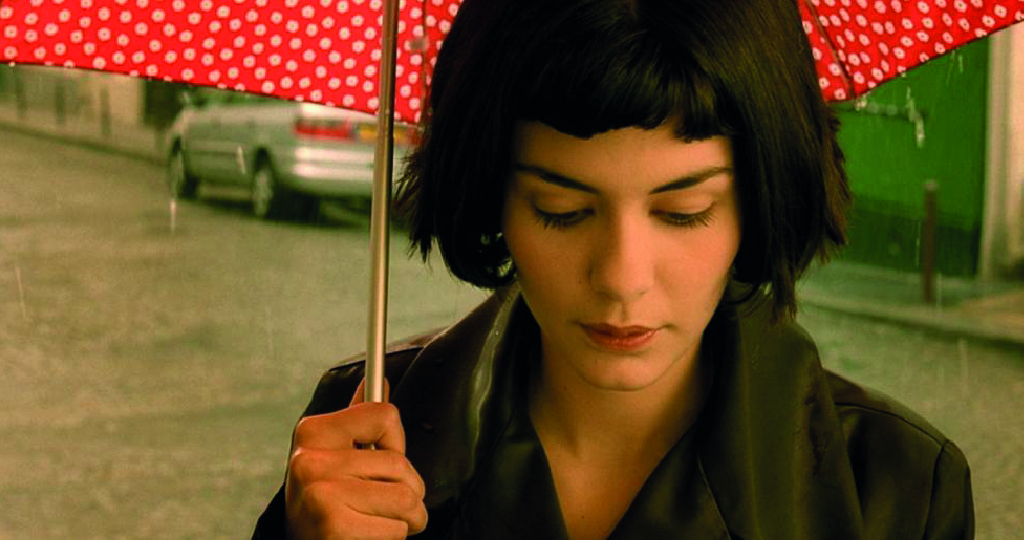
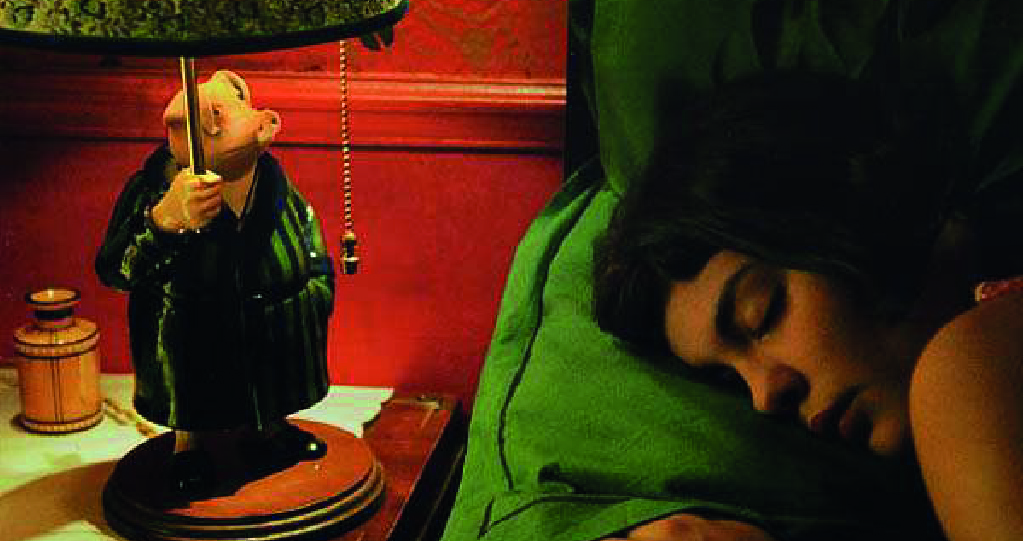
Analogous scheme: colors are used side by side in the chromatic circle, usually always using a dominant color, a secondary one to provide support and finally a color in a black and white set to enhance the first colors. In the film “The Children of Men” the analogous scheme coincides with the current state of the world in which no more children were born, generating an overwhelming scene, full of chaos and bewilderment.
Triadic scheme: in this case, use is made of three colors uniformly located in the chromatic circle, such as blue, yellow and red, this type of scheme is evident in the film “Superman”, in this specific production there is a high use of HSB (Hue, Saturation, Brightness) and for this reason it has a cartoonish appearance.
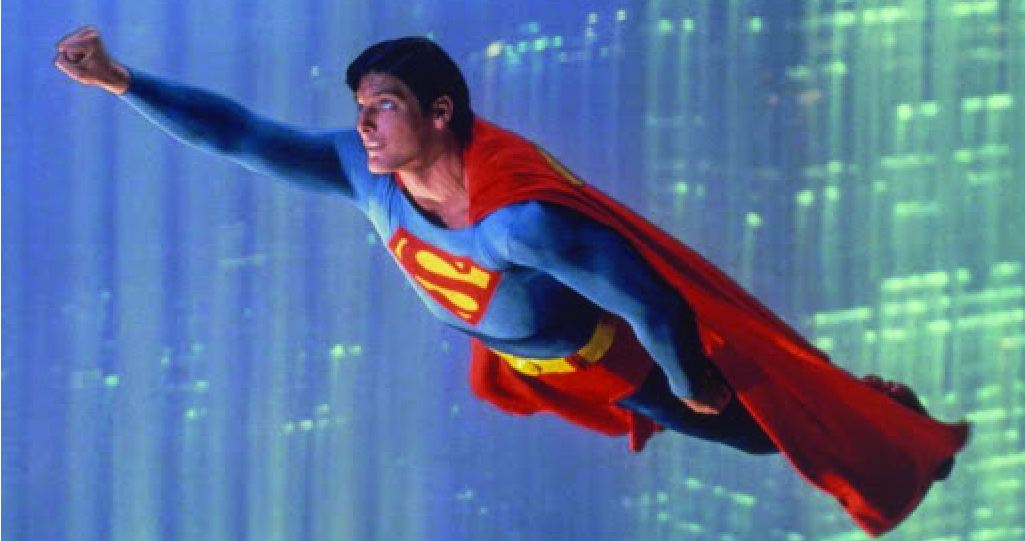
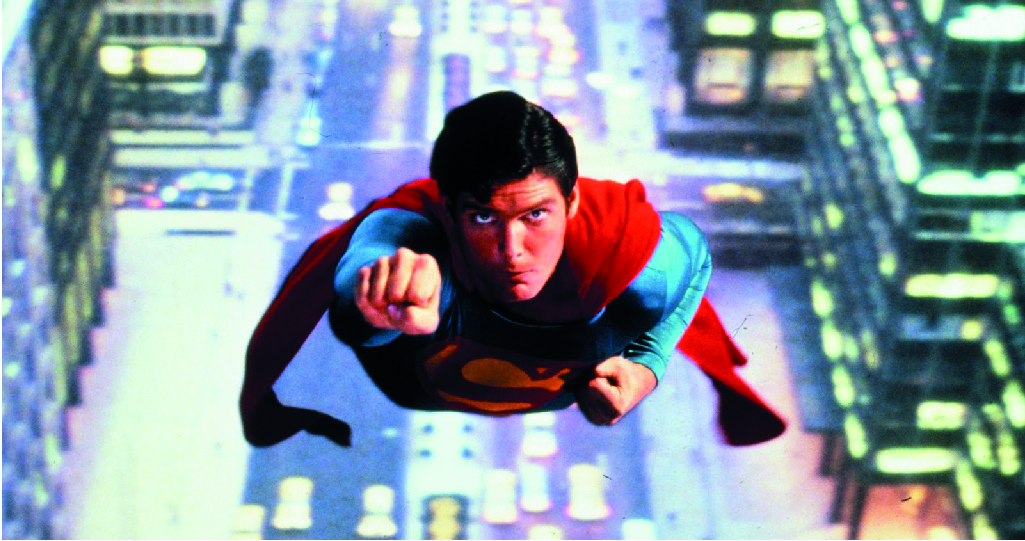
Monochromatic scheme: is when shades, tones and tints of a single base shade (one color) are used. In the movie “The Grand Budapest Hotel”, directed by Wes Anderson, they used a pink monochromatic scheme, creating a harmonious combination and generating feelings of calm and relaxation.
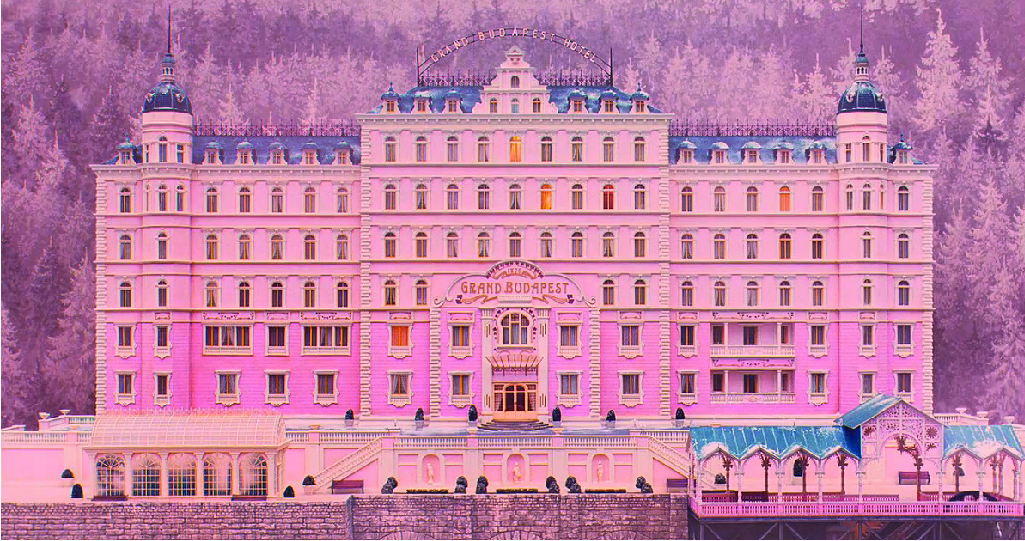
In the book Theory of Colors written by the German Johann Wolfgang von Goethe, a universal meaning is proposed for some basic tones such as red, green, orange, yellow, violet and blue. Below we will make a small summary to support the meanings of the colors named by the author and compare them with some movies;
Red: for the author this shade evokes excitement, vigor, blood and violence. In the movie “Reservoir Dogs” there is a scene where one of the characters is on the floor bloody on a neutral background of gray tones, if in the background of this scene had been used more vivid colors, the violence would not be perceived with so much impact.


Orange: color of energy, the author relates it to children. This color is reflected in different movies in different ways, for example; in the movie “Spiderman” this color means fire and on the other hand it means purification in “The Lord of the Rings”.
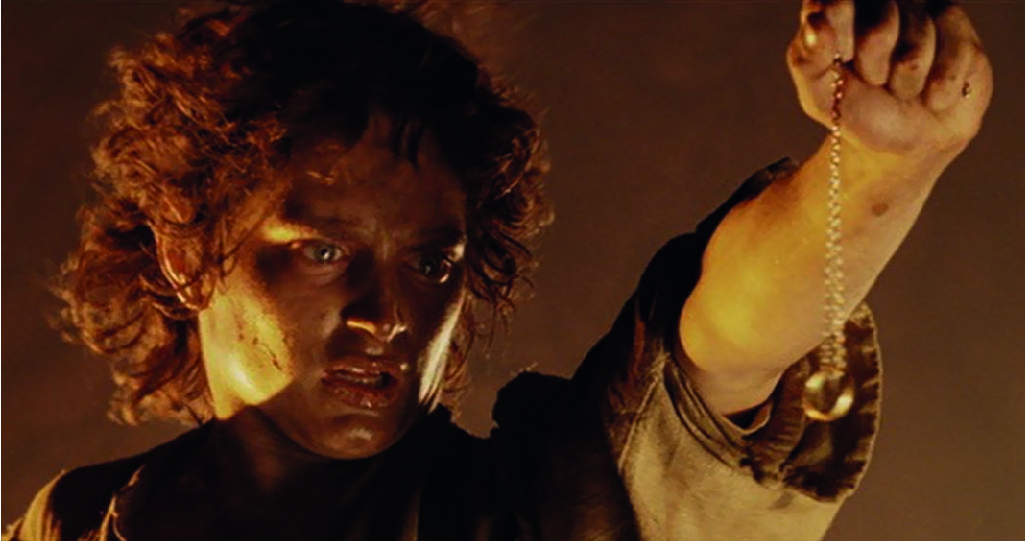
Yellow: means optimism, joy and beauty. It can also present violence as for example in the movie “Sin City” where the creature stands out in a grotesque way in the scene, contrasting the gray shades of the background and the other character.


Green: for the author green represents youth, hope and ecology, however it can also mean something unreal, impure, dirty and lies. Almost all the scenes in “The Matrix” use a wide variety of shades of the green color palette which recreate an atmosphere of unnatural and sickly effect.



Blue: Goethe attributes intelligence, calm and patience to the color blue, but it also carries connotations of melancholy and illness. In the film “Only heaven knows” the characters are dyed, through the blue background, representing them as lost or difficult loves, generating a scene of melancholy and sadness.
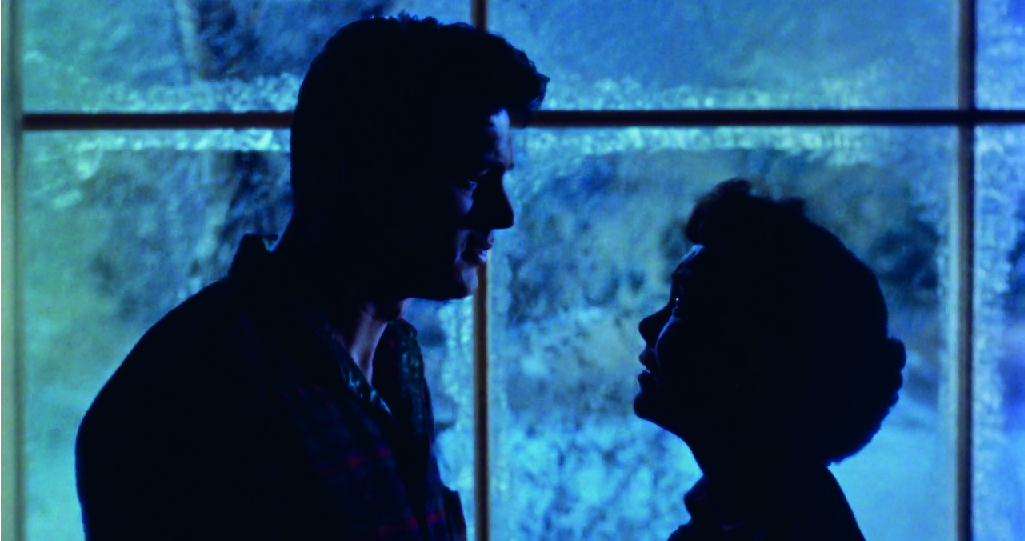
The handling of colors in the creation and transmission of a story makes the audience’s experience unique, generates impact and remembrance. With the above mentioned we will be more aware of the filmmaker’s intention and what is to be transmitted. Let’s not forget that we are unconsciously influenced by the colors that surround us.
By Luisa Fernanda Herrera
Design Area
C-Transmedia
Bibliography
- https://www.yorokobu.es/cine-y-psicologia-del-color/
- https://www.caninomag.es/una-introduccion-al-uso-del-color-en-el-cine-mucho-mas-que-estetica/
- https://www.studiobinder.com/blog/how-to-use-color-in-film-50-examples-of-movie-color-palettes/
- https://www.psicologiadelcolor.es/articulos/color-cine/
- https://neuromarketing.la/2016/04/influencia-colores-en-cine/
- http://blogs.ffyh.unc.edu.ar/fotografiacinematografica/2015/08/21/1175/
- https://macguffin007.com/2019/04/20/psicologia-del-color-en-el-cine/


